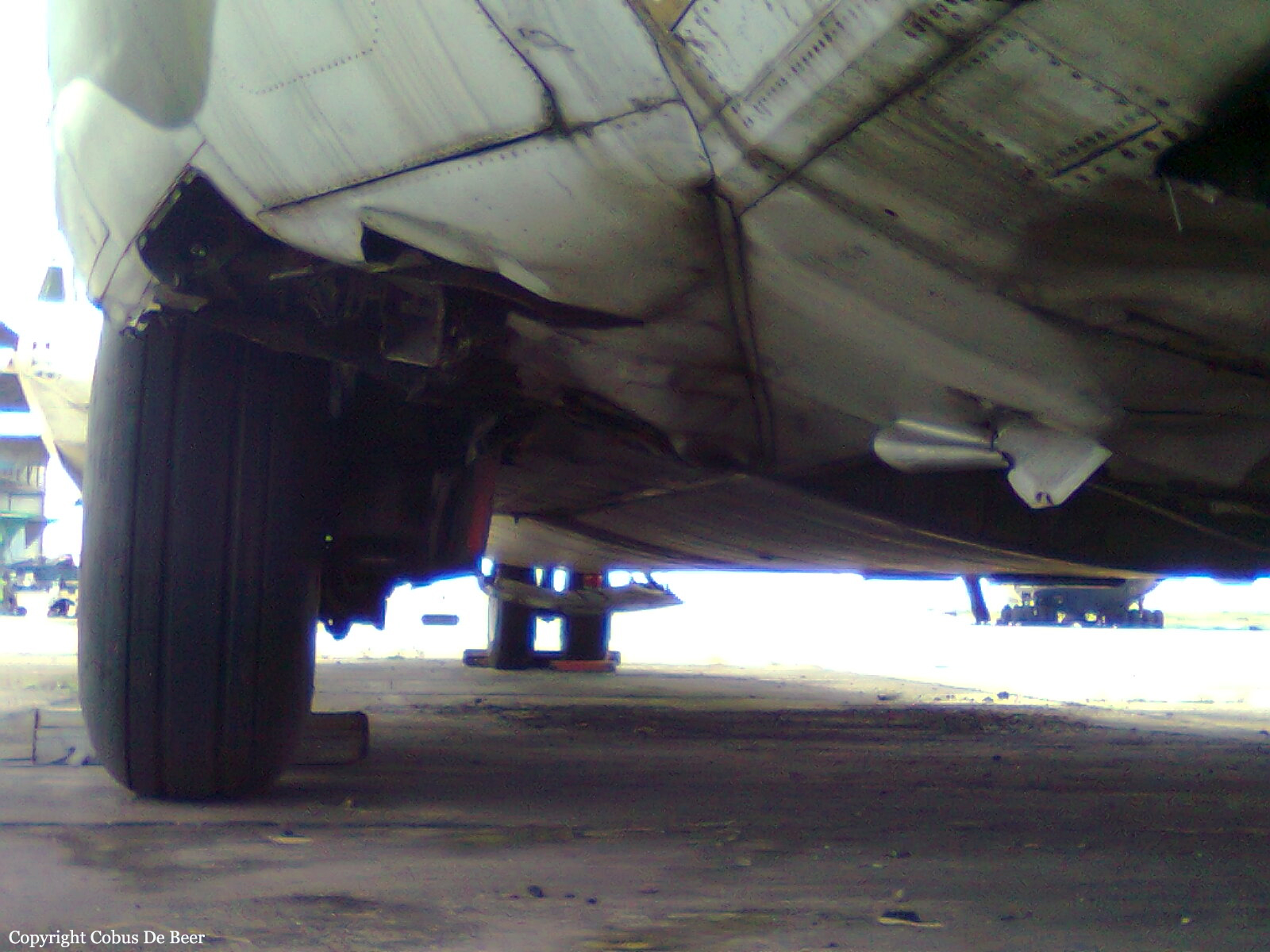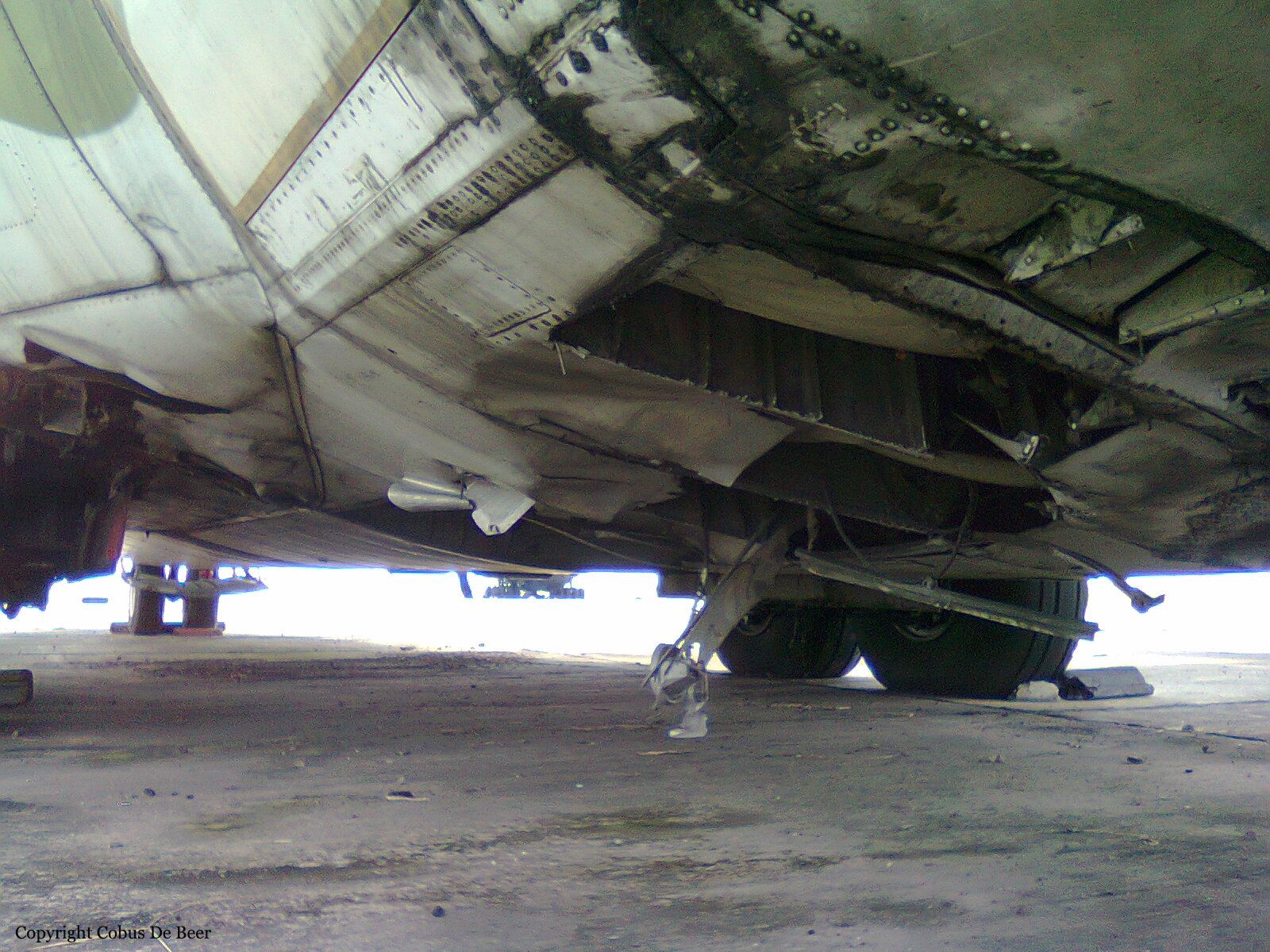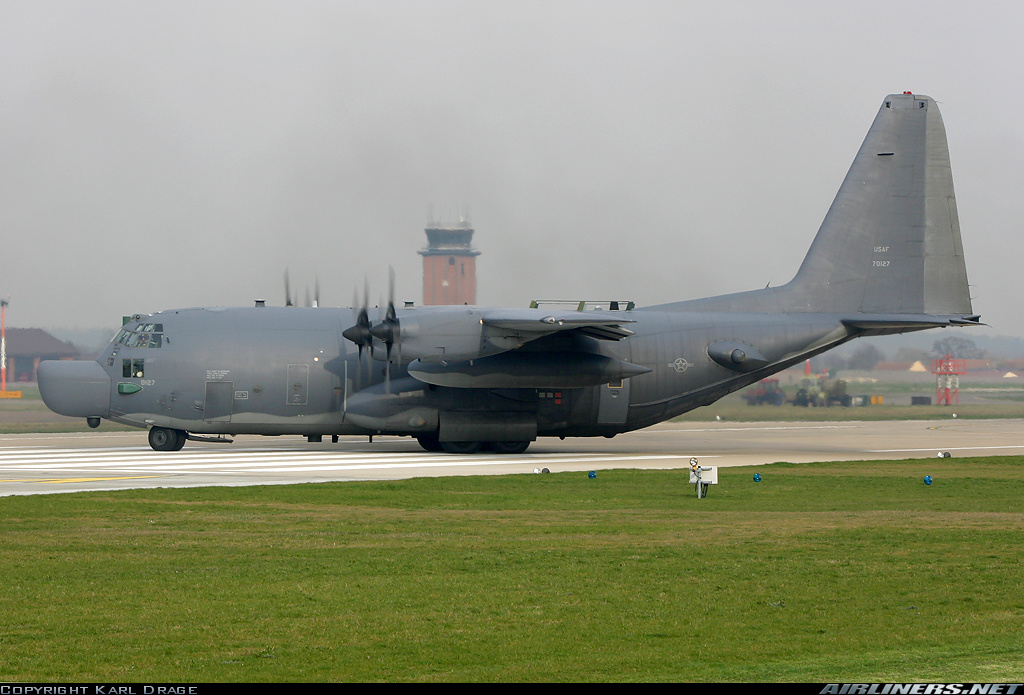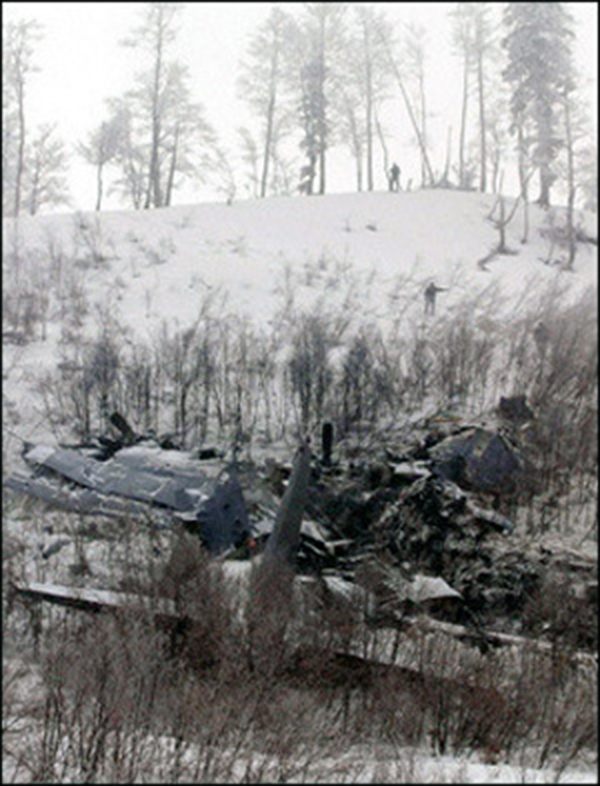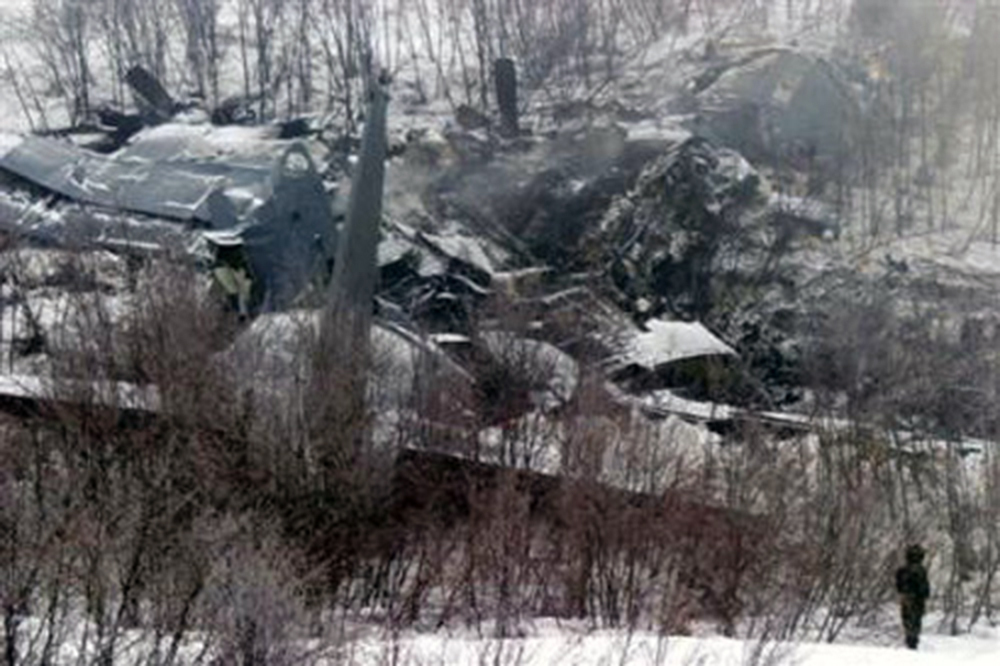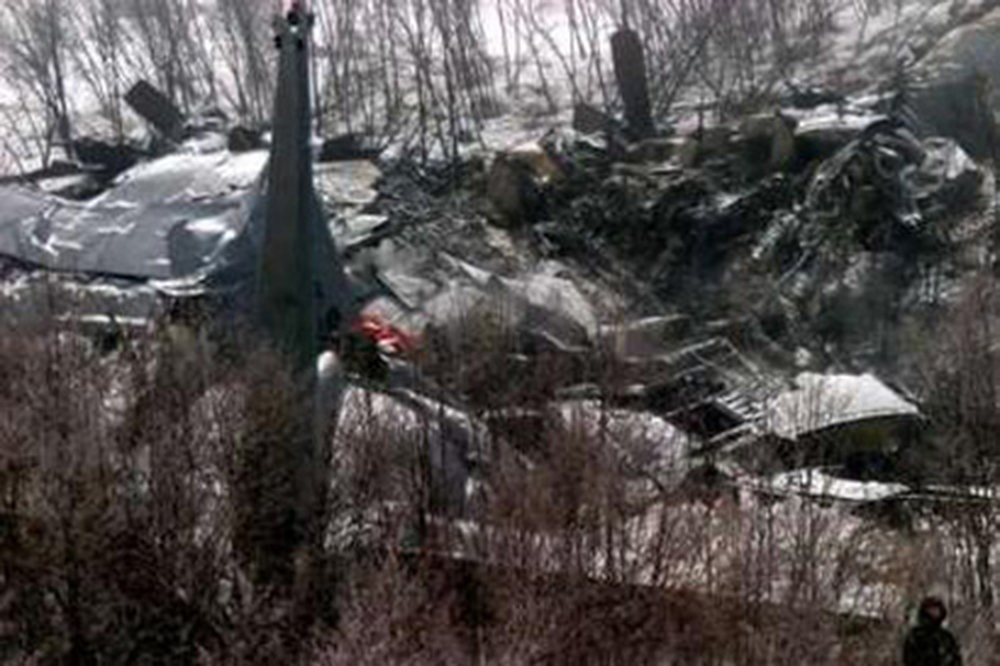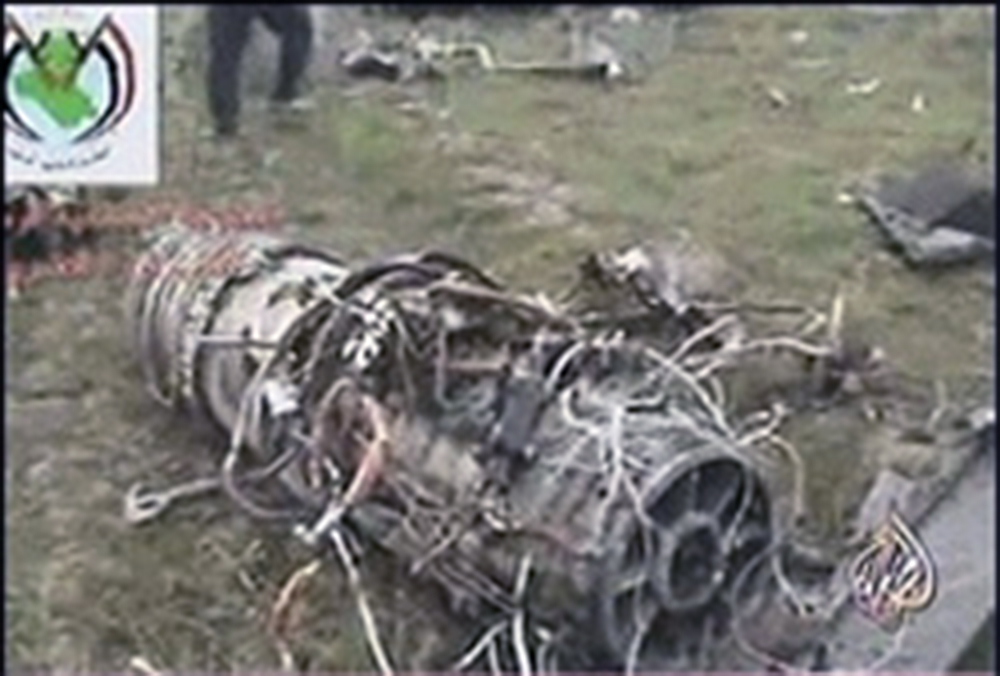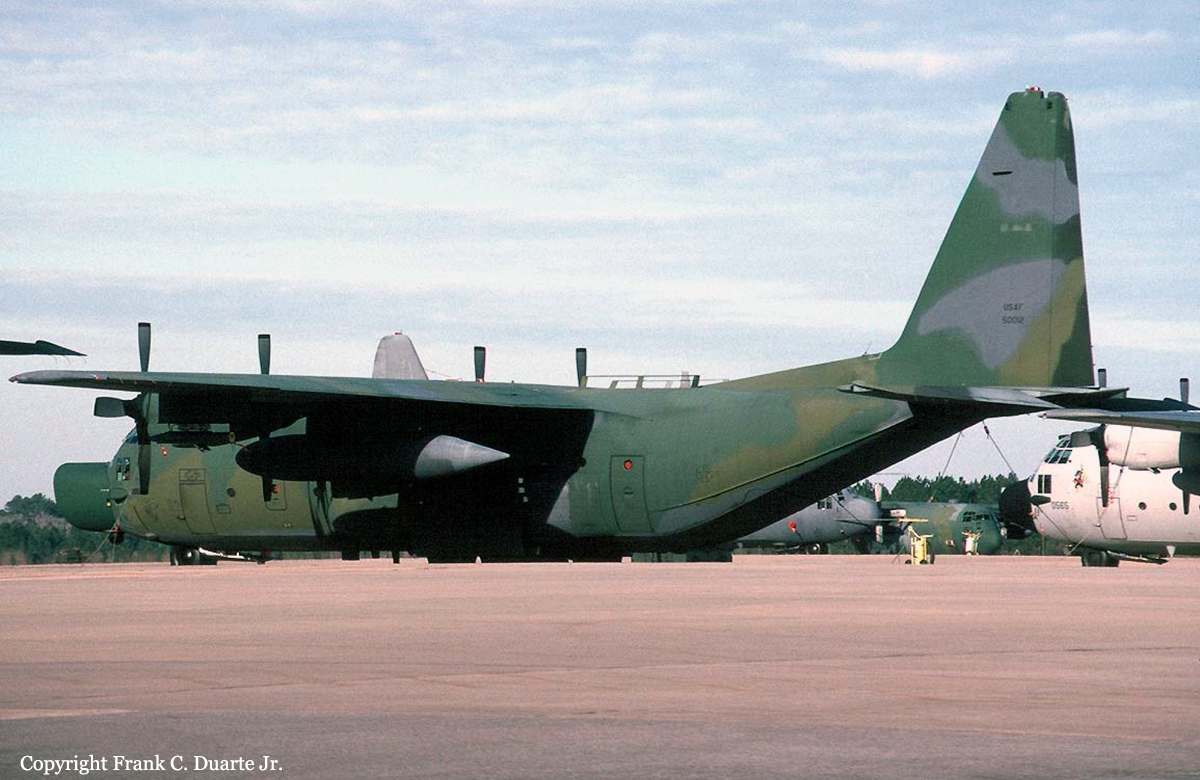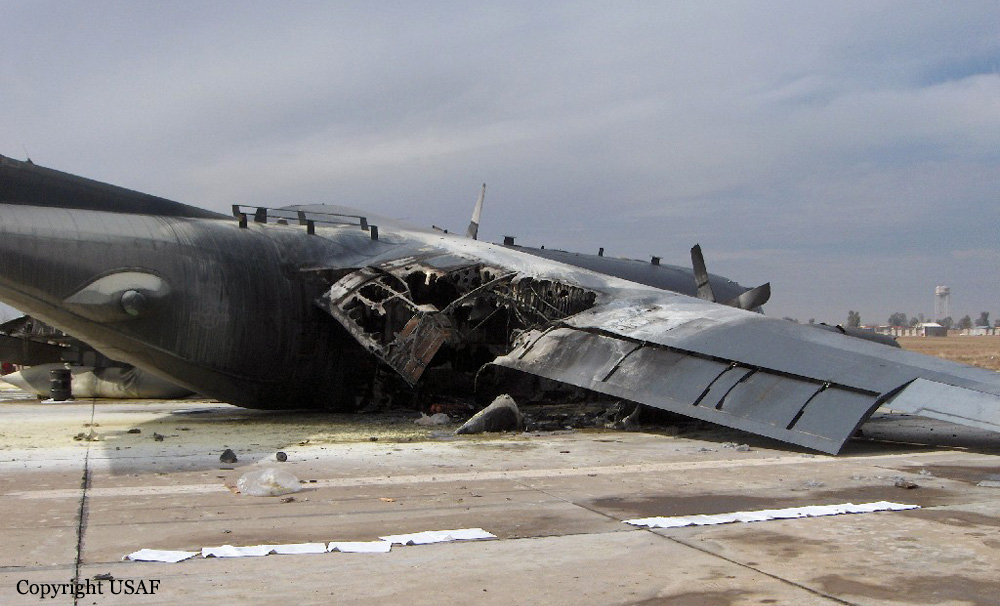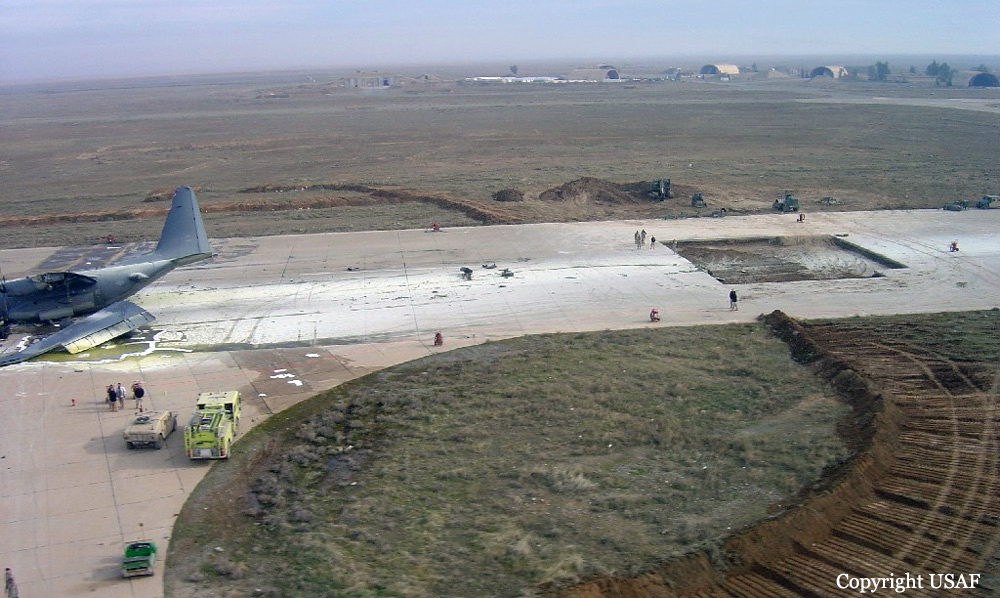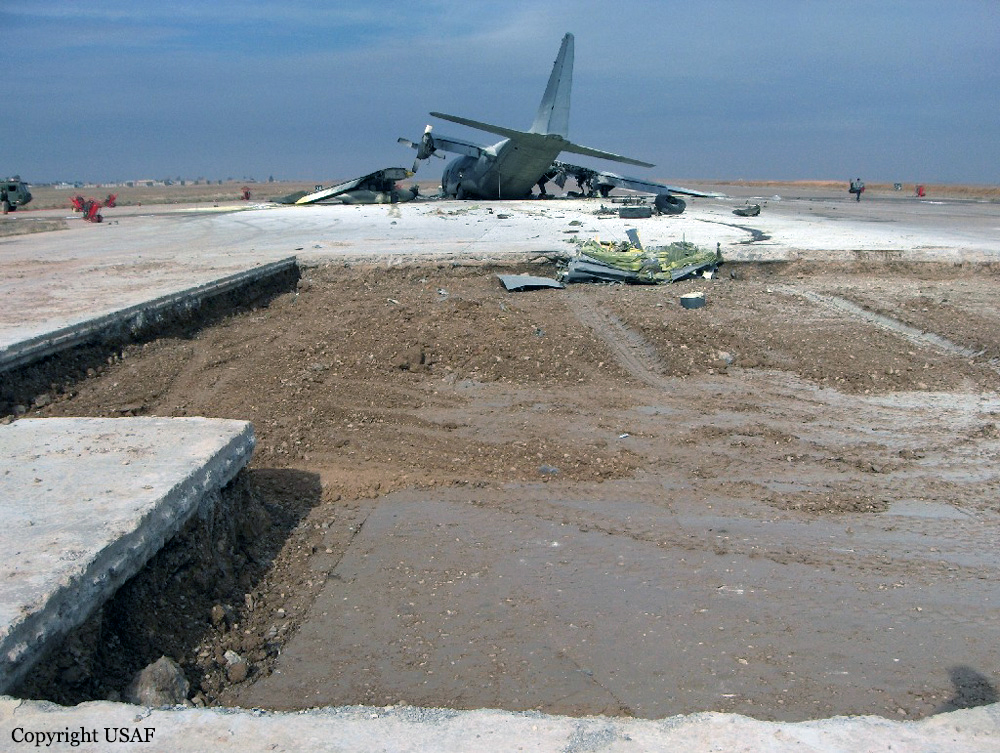Crash of a Lockheed C-130H Hercules in Kinshasa
Date & Time:
Apr 14, 2006 at 1445 LT
Registration:
9T-TCB
Survivors:
Yes
Schedule:
Kinshasa - Kinshasa
MSN:
4416
YOM:
1971
Crew on board:
7
Crew fatalities:
Pax on board:
0
Pax fatalities:
Other fatalities:
Total fatalities:
0
Circumstances:
The crew was performing a test flight on this aircraft that was parked for 10 years at Kinshasa-N'Djili Airport. On landing, the left main gear collapsed and the aircraft came to rest. All seven occupants escaped uninjured while the aircraft was damaged beyond repair. The General Kikunda Ombala was PIC at the time of the accident.

